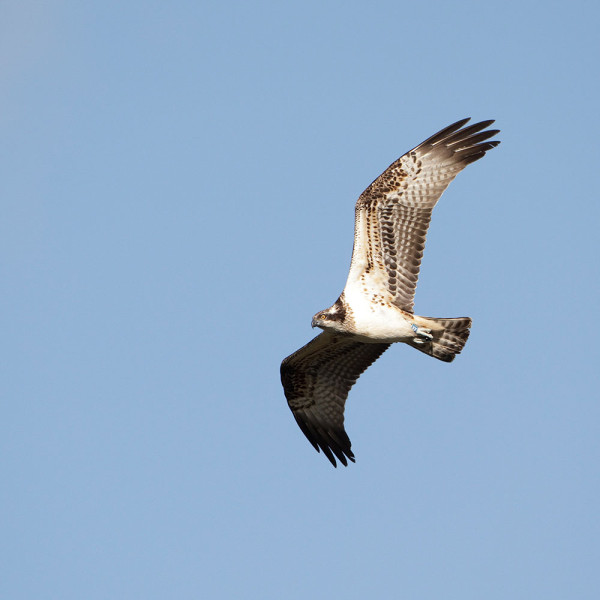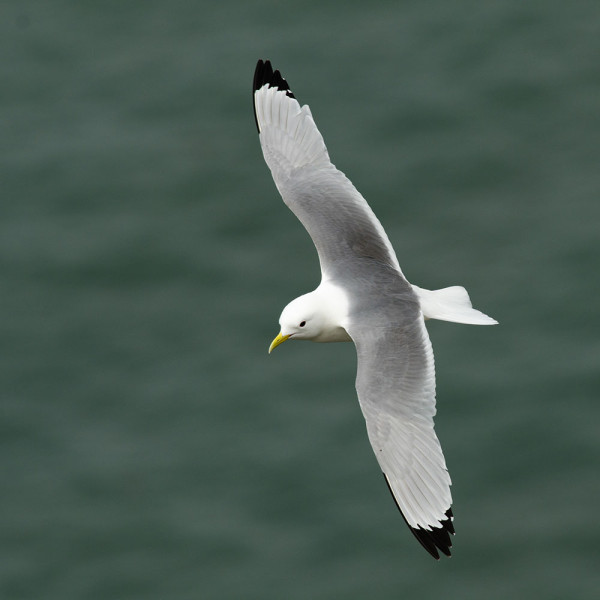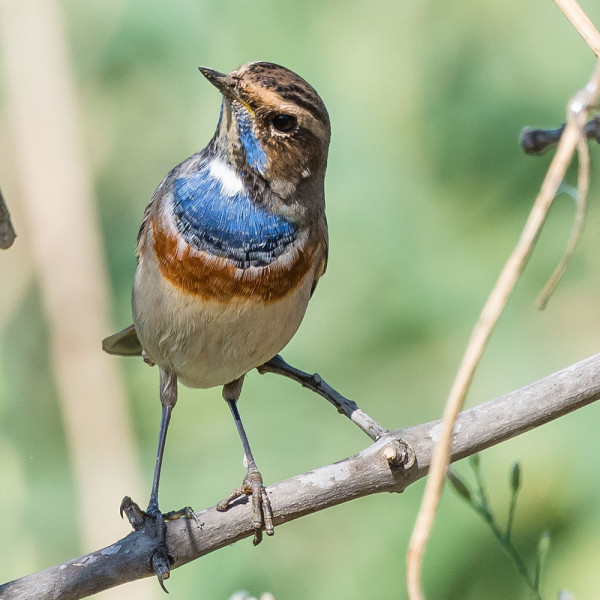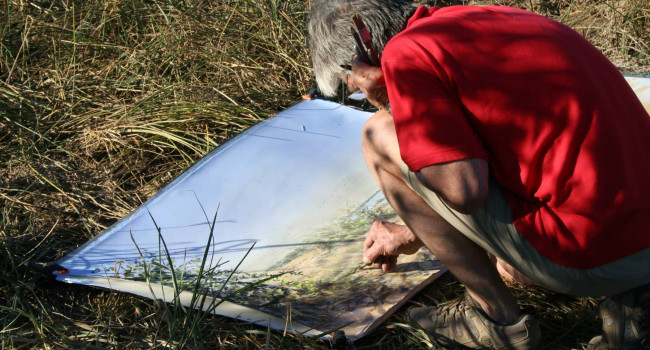
BirdTrack migration blog (31 March–6 April)
Scott’s role includes the day-to-day running of BirdTrack: updating the application, assisting county recorders by checking records and corresponding with observers.
Relates to projects
The unprecedented Alpine Swift influx came to a high at the end of last week. The true number of individuals involved is difficult to calculate as birds moved around but it is likely over 125 were seen. Over the weekend and into the early part of this week, reports fell away as birds headed back south.
The birds most likely originated from Portugal and western Spain, a theory supported by the south-westerly wind flow of the proceeding week and the fact that the initial sightings came from Ireland and then south-western Britain. A few Alpine Swifts did hang around for the rest of the week but these too will head back south in the coming days.
Early spring is a good time of year to find Water Pipits. Individuals or small groups have been reported from several locations in the past week, with a group of 10+ in Suffolk one of the highest counts. At this time of year, many of the birds are moulting out of their brown-backed and white-bellied winter plumage into their smarter summer plumage, with grey backs and pink-flushed underparts.
This makes them stand out when seen alongside Meadow Pipits. Water Pipits are purely winter visitors and within the next week or so the majority will have headed back to their breeding range in the mountains of southern and central Europe.
Reports of Whooper Swan also fell away this week, as is typical at this time of year, as birds return to Iceland for the coming breeding season. Small flocks were seen across northern Britain and some of the Western Isles as birds left their traditional wintering areas. Whooper Swans depart slightly later Bewick’s Swans, their smaller cousins, which leave in late February.

The last week wasn’t all about winter visitors departing for the summer months: early summer migrants did continue to arrive, even with the less-than-ideal weather. Reports of Osprey came from across Britain and Ireland with breeding pairs appearing back at their nest sites, some birds arriving within hours of the other.
- A live web cam has been set up on an Osprey nest in Poole Harbour, which you can follow throughout the breeding season.
A Scottish-ringed Osprey made the headlines this week after it was spotted in Barbados. This is thought to be the confirmed example of a UK-born Osprey successfully crossing the Atlantic to the Americas.
Both Little Ringed Plover and Garganey are typical early arriving summer visitors, and a steady arrival of both species was recorded during the week. Some of the Little Ringed Plovers were seen to be displaying and going through the motions of courtship, even within a couple of days of arriving. Let us hope this year is good for them.
- Don’t forget to add any breeding evidence such as this to your BirdTrack records. This information can be valuable in helping monitor the populations and distributions of some of our scarcest breeding species.
One of the birding highlights of the spring so far was the discovery late last week of a male Lesser Kestrel on the Isles of Scilly. The bird remained for much of the following week and ranged between St Mary’s and Tresco.

Looking ahead
The weather for the week ahead follows a similar pattern to the past week, with fluctuating temperatures and winds coming from a variety of directions. Strong to gale force winds are expected to hit south Wales, south-west England and the south coast of England. This could see some storm-driven seabirds pushed up the Bristol Channel and along the English Channel.
Species likely to be caught up include Fulmar, Gannet, auks and Kittiwake. Kitiwake in particular could turn up inland, so any large bodies of open water will be worth checking during the weekend and into the early part of next week. Although it is a touch early in the spring, the odd Little Gull could also be found both offshore or hawking for insects over lakes and reservoirs.

As we head into the early part of next week, high pressure will begin to build in the North Sea. Although this will bring more settled conditions to most parts of the country, it will also drag in colder winds from the east. Although this is not the best direction for spring migrants, we should still see a steady passage of swallows and martins as well as more Willow Warblers, Blackcaps and Yellow Wagtails arriving.
This is a good time of year to look out for white-spotted Bluethroat, which have a habit of turning up when the wind blows from the east. Breeding further north than the red-spotted race, the majority of records for white-spotted Bluethroat come in March into April whilst red-spotted tend to be recorded in late April and into May.
Other species to look out for in the coming days include Sandwich Tern and Mediterranean Gull. Both nest in colonies and, in the case of the Mediterranean Gull, will already be paring up and building nests. It takes three years before Mediterranean Gulls acquire their full breeding plumage and some of the first- and second-summer birds will be looking for future breeding locations. Some migrate with adult birds while others will form loose flocks and can be found loafing around larger flocks of non-breeding Black-headed Gulls.
Black-necked Grebe is a scarce breeder in England and Scotland. Now is a good time to check for both passage birds – those migrating to their breeding areas – and pairs that could potentially stay to breed. Their jet-black necks and the golden yellow fans behind their piercing red eyes make for an eye-catching grebe. However, they are secretive when breeding so repeat visits may be needed to confirm breeding.
April is a good time of year to look for Jack Snipe, which will be migrating back to Fennoscandia and Russia to breed. Any damp areas, such as the edge of reedbeds, grassy pools, or damp meadows are worth checking; looking out for their characteristic bobbing up and down might help you spot one of these cryptically plumaged birds.
Rarities that have a history of being found in early April include Pallid Swift, White-billed Diver, Night Heron, Purple Heron, Black-winged Stilt, Serin and Killdeer.
Add your records to BirdTrack
As we head into spring, your records give us valuable information about bird migration. Adding your records to BirdTrack is quick and easy – sign up today.
https://www.bto.org/our-science/projects/birdtrack







Share this page